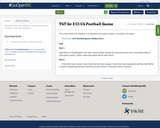
This is from Tools 4 NC Teachers. It is intended to be used in Cluster 1 or Cluster 4 of Grade 3.
- Subject:
- Mathematics
- Material Type:
- Activity/Lab
- Formative Assessment
- Date Added:
- 07/07/2019

This is from Tools 4 NC Teachers. It is intended to be used in Cluster 1 or Cluster 4 of Grade 3.
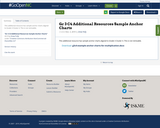
This additional resource has sample anchor charts aligned to Grade 3 Cluster 4. This is not remixable.

This additional resource is a Common Formative Assessment (CFA) for Grade 3 Cluster 4. This is not remixable but items here can be used as an examples to make your own CFA.
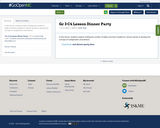
In this lesson, students explore finding the number of tables and forks needed at 2 dinner parties to develop the concept of multiplication and division.
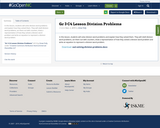
In this lesson, students will solve division word problems and explain how they solved them. They will retell division word problems, act them out with counters, draw a representation of how they solved a division word problem and write an equation to represent a division word problem.
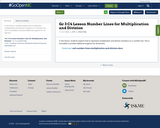
In this lesson, students explore how to represent multiplication and division situations on a number line. This is remixable to provide additional supports for all learners.

This additional resource provides next steps and research-based ways to support students.
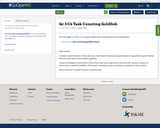
This task is an open-ended task that involves multiplication and division.
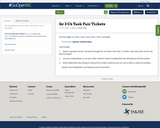
This task aligns to 3.OA.6, 3.OA.3, and 3.OA.2. This is remixable.
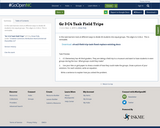
In this task learners look at different ways to divide 40 students into equal groups. This aligns to 3.OA.2. This is remixable.
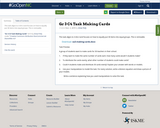
This task aligns to 3.OA.3 and focuses on how to equally put 30 items into equal groups. This is remixable.
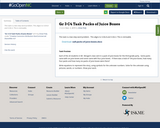
This task is a two-step word problem. This aligns to 3.OA.8 and 3.OA.3. This is remixable.
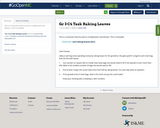
This is a multi-part task focused on multiplication and division. This is remixable.
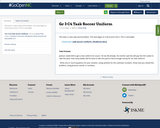
This task is a two-step word problem. This task aligns to 3.OA.8 and 3.OA.3. This is remixable.
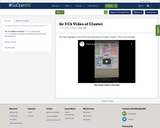
This video features the focal points of Grade 3 Cluster 4.

This lesson provides opportunities for students to solve multi-step problems and explain their problem solving strategies. This is remixable to provide additional supports for various learners.
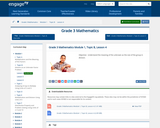
In this lesson, students will understand the meaning of the unknown as the size of the group in division.
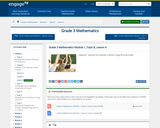
In this lesson, students interpret the unknown in division using the array model.

In this lesson, students model the distributive property with arrays to decompose units as a strategy to multiply.
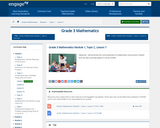
In this lesson, students will demonstrate the commutativity of multiplication, and practice related facts by skip-counting objects in array models.